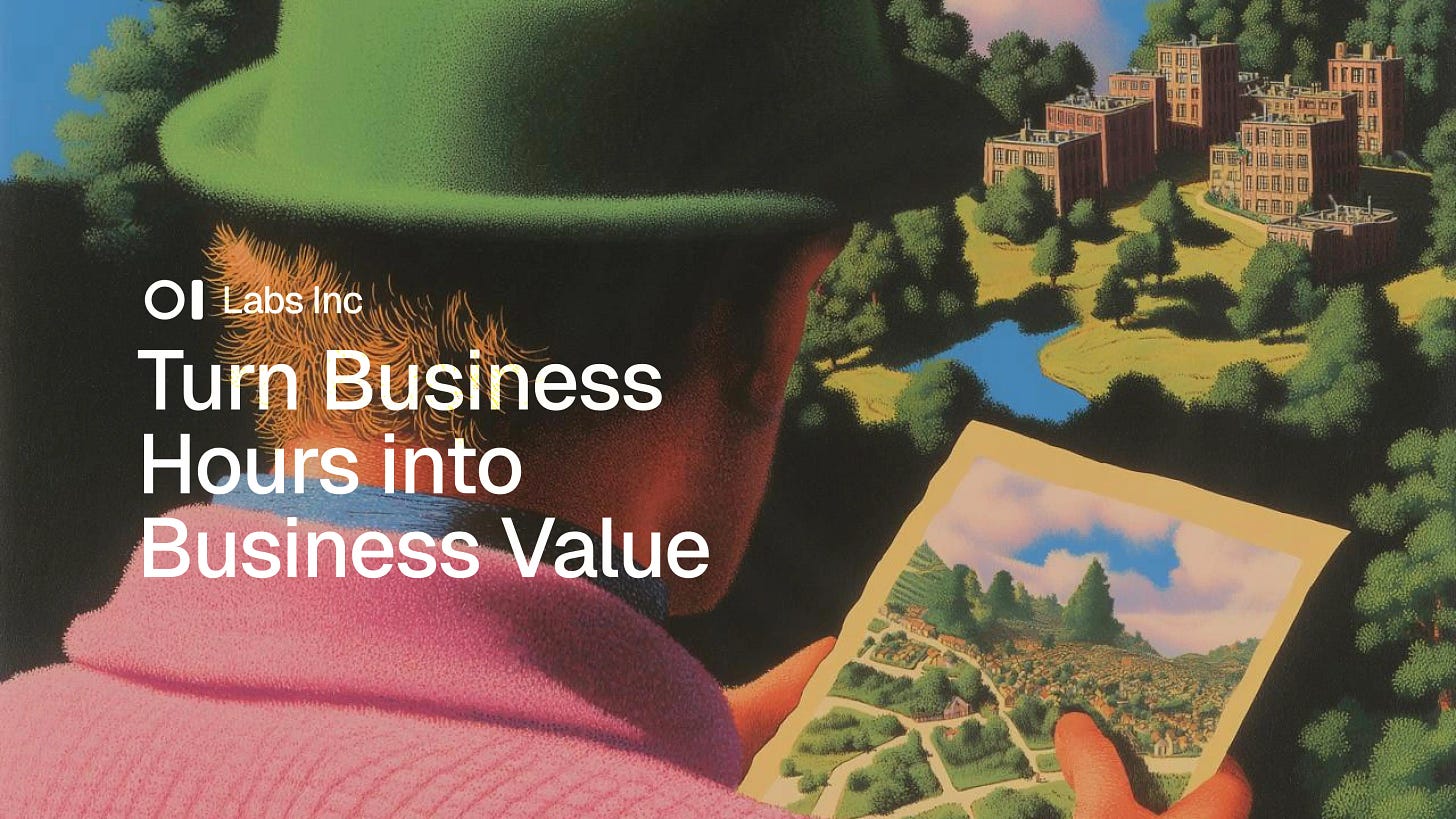I. The Commander's Legacy
Throughout history, great generals and leaders have used Grand Strategy to achieve goals that seemed impossible to others. From Alexander's conquest of Persia to Apple's domination of consumer technology, Grand Strategy separates mere participants from true commanders of their domain.
Grand Strategy isn't about winning individual battles—it's about positioning yourself to win the war before it even begins. It's the rational framework through which you set ambitious goals and achieve them through increased objectivity, reduced emotional decision-making, and viewing your actions as sequential steps leading inexorably to victory.
Now, as AI reshapes the competitive landscape, you can apply these timeless principles to become the dominant force in your space.
II. The AI Battlefield
We stand at a historical inflection point comparable to the industrial revolution. AI isn't merely another tool—it's a fundamental transformation of how value is created and captured. Those who approach this shift reactively will find themselves outmaneuvered by competitors who planned three moves ahead.
Most organizations respond to AI with tactical experimentation—building isolated capabilities without coherent vision. This creates vulnerability. Without Grand Strategy, these disparate efforts remain disconnected from your ultimate objective: commanding your market through superior positioning.
The challenge isn't adopting AI—it's deploying it within a strategic framework that ensures each implementation advances your position relative to competitors. This requires the mental discipline that has distinguished great commanders throughout history.
III. Crystallize the Future
"Using your mental capacities, imagine what your Grand Strategy will accomplish." The first commanding move is creating crystal clarity about your destination.
Project yourself forward to when AI has transformed your industry. What position will you occupy? Which capabilities will distinguish market leaders from followers? How will customer expectations evolve? Most importantly, how will you define victory?
This isn't abstract futurism—it's strategic positioning. By crystallizing this future vision, you create the foundation for backward planning:
Identify the market position you must occupy when AI maturity reshapes your industry
Map the sequential capability development required to secure that position
Determine which present-day decisions will enable or constrain those future capabilities
Establish clear metrics that indicate progress toward your strategic objective
Your competitors react to present circumstances. You operate from a future vantage point, seeing obstacles and opportunities they cannot yet perceive.
IV. Widen Your Point of View
"High ground is one of the greatest assets in war and life." Superior vantage point creates decisive advantage.
Conventional strategic planning suffers from two critical weaknesses: emotional attachment to existing business models and narrow perspective on potential threats. Grand Strategy demands you elevate your viewpoint beyond immediate concerns.
This wider perspective reveals both threats and opportunities invisible from ground level:
Identify second-order effects of AI implementation within your industry
Map potential competitive responses to your strategic moves
Assess how customer expectations will evolve as AI capabilities mature
Examine adjacent industries for early warning signals about your own
"Remove your desires and emotion from the pictures and objectively look at the best and worst scenarios." This emotional discipline separates strategic commanders from tactical responders. By mentally war-gaming potential futures, you develop contingency plans for multiple scenarios.
"Mental rationality of this kind creates a calmer mind when terror strikes." When competitors panic at market shifts, you execute pre-planned responses with disciplined precision.
V. Secure Your Supply Lines
Every successful campaign depends on robust supply lines. In the AI era, your critical supplies are data, talent, and computational infrastructure.
Secure these resources now, before their strategic value becomes obvious to less foresighted competitors:
Data Strategy: Map your data assets and acquisition plan. Identify proprietary data sources that could create defensible competitive advantage.
Talent Pipeline: Develop relationships with AI specialists and build internal capabilities before demand spikes.
Infrastructure Planning: Ensure your technical foundation can scale with increasingly sophisticated AI implementations.
Knowledge Capital: Establish systematic learning processes that capture insights from each AI initiative.
Remember: In conventional warfare, armies with superior logistics defeat those with superior numbers. In AI strategy, organizations with structured data and deployment capabilities will outperform those with marginally better algorithms.
VI. Rally Your Team Toward a Greater Future
"A Grand Strategy without a team of players is worthless." Vision without execution remains mere imagination.
Creating alignment requires more than communication—it demands structured incentives that connect individual success with strategic objectives:
"Manifesting through pay, equity, network access or experience, give your team access to add their skin in the game." When team members share in the strategic outcome, their decision-making naturally aligns with long-term objectives.
This alignment creates compound advantages:
Decisions at all levels reinforce strategic direction
Execution speed increases as coordination costs decrease
Retention of critical talent improves as they invest in shared outcomes
Strategic coherence becomes self-reinforcing
"Incentives that reinforce creativity and performance is superior to pure cash long term." Design compensation structures that reward contributions to strategic objectives, not just tactical metrics.
"However always keep your teams belly full and reduce their payment stressors limiting their focus." Address fundamental needs first, then build incentives for exceptional performance.
VII. Command the Future
Grand Strategy in the AI era isn't a luxury—it's the price of admission to market leadership. While competitors chase tactical advantages through incremental AI implementations, you position yourself for decisive victory through coordinated strategic movement.
The principles that guided Alexander, Napoleon, and modern corporate titans apply with even greater force in periods of technological discontinuity. The winners won't be those with marginally better AI models, but those who deploy AI capabilities within a coherent strategic framework.
"See you on Mars"—a fitting metaphor for the distances that will separate strategic commanders from tactical responders in the AI revolution.
The time to develop your Grand AI Strategy isn't when disruption becomes obvious to everyone. It's now, while you still have the initiative to shape the battlefield to your advantage.
Take the high ground. Command the future.



